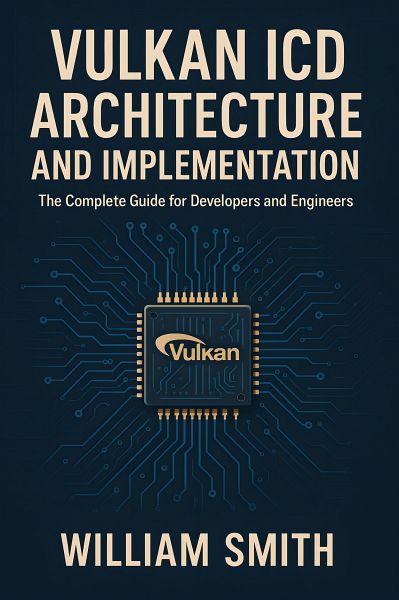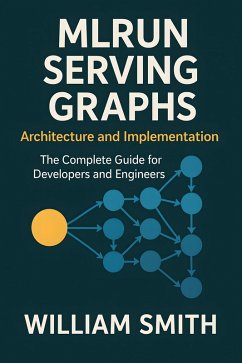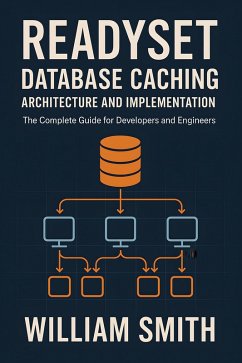
Vulkan ICD Architecture and Implementation (eBook, ePUB)
The Complete Guide for Developers and Engineers

PAYBACK Punkte
0 °P sammeln!
"Vulkan ICD Architecture and Implementation" "Vulkan ICD Architecture and Implementation" is an authoritative guide that explores the inner workings and design principles behind Installable Client Drivers (ICDs) in the Vulkan graphics ecosystem. This comprehensive resource delves into the motivations for the ICD model, tracing its evolution from OpenGL, and provides an expert overview of its critical role within the Vulkan loader, layers, and applications. Readers are introduced to both foundational concepts-such as mandatory interface contracts and discovery protocols-as well as essential sec...
"Vulkan ICD Architecture and Implementation" "Vulkan ICD Architecture and Implementation" is an authoritative guide that explores the inner workings and design principles behind Installable Client Drivers (ICDs) in the Vulkan graphics ecosystem. This comprehensive resource delves into the motivations for the ICD model, tracing its evolution from OpenGL, and provides an expert overview of its critical role within the Vulkan loader, layers, and applications. Readers are introduced to both foundational concepts-such as mandatory interface contracts and discovery protocols-as well as essential security considerations, establishing a solid base for professionals seeking to implement or understand Vulkan ICDs. The book systematically uncovers the technical intricacies of ICD and Vulkan Loader integration, detailing loader discovery mechanisms, dispatch table management, and support for multiple ICDs and devices. It offers in-depth explanations of core ICD implementation topics, from entry point exports and device creation routines to robust memory management, synchronization primitives, and support for advanced Vulkan and vendor-specific extensions. Practical strategies for debugging, validation, performance tuning, and managing cross-device resource sharing provide readers with the knowledge needed to build efficient, reliable, and scalable Vulkan drivers. Augmenting its technical depth, the volume features real-world case studies of both open-source and proprietary ICD implementations, highlighting engineering trade-offs and ecosystem considerations across vendors and platforms. The book concludes with expert coverage of conformance testing, release engineering, and forward-looking trends such as GPU virtualization and modular ICD architectures. Designed for driver developers, graphics architects, and engineers interested in the underpinnings of Vulkan's portability and stability, this work serves as an invaluable reference and roadmap for mastering Vulkan ICD development and integration.
Dieser Download kann aus rechtlichen Gründen nur mit Rechnungsadresse in A, B, BG, CY, CZ, D, DK, EW, E, FIN, F, GR, H, IRL, I, LT, L, LR, M, NL, PL, P, R, S, SLO, SK ausgeliefert werden.













